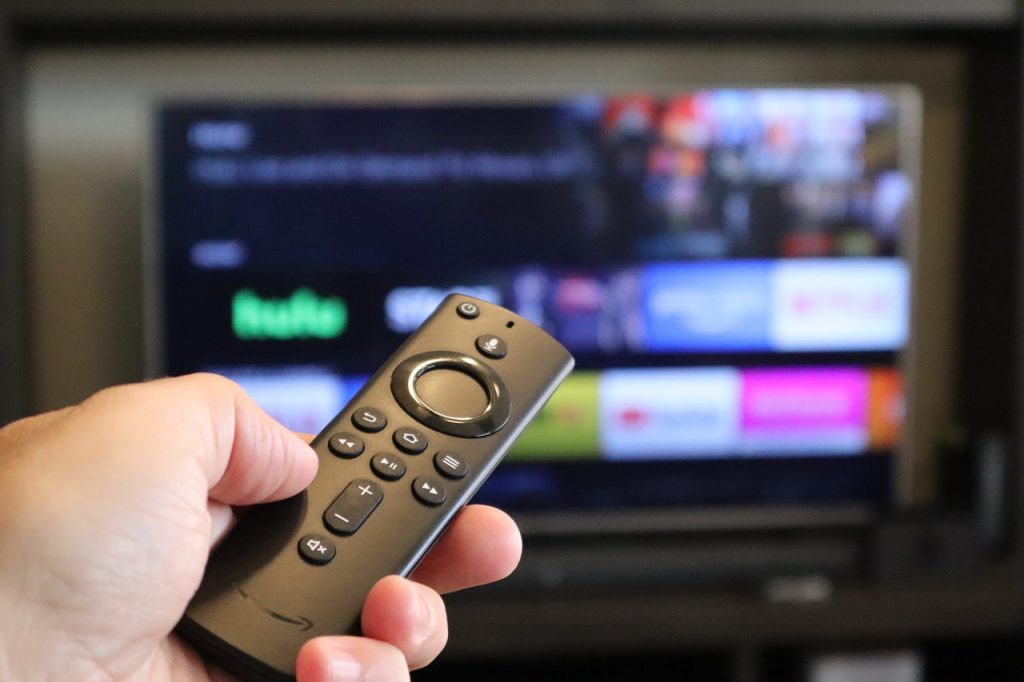How Cable Television Could Be Dividing Us All
It's no secret that the United States is currently in political turmoil, and cable television could be a major catalyst behind it.
This article is more than 2 years old

It’s not uncommon knowledge that cable television news plays to specific audiences. Fox, CNN, and MSNBC all have their political intent, which divides those across the political affiliation spectrum. Though many might look to social media as the place that facilitates ideological echo chambers, studies have shown little evidence to prove that claim. Instead, politically-aligned information mainly circulates on news stations and cable programming, affecting viewers’ rigid watching practices.
To figure out what was creating these American echo chambers, the University of Pennsylvania, Stanford University, and Microsoft joined forces to investigate cable television. Together, they tracked the watching habits of more than 10,000 American adults. The study started in 2016 and ended in 2019, recording each adult’s watching patterns every month. The examination unearthed significant findings about the cable television ecosystem and how it fosters insular thinking within political groups.
The first finding from the study was the high percentage of polarized viewers. Regarding cable television, 17% of watchers were politically polarized. This percentage was divided equally between leftists and right-wing conservatives. The study found that this figure was three to four times higher than those polarized by online media and news. Though 17% was the average percentage of polarized watchers, it hit the 23% mark during the 2016 election cycle. The Trump versus Hillary election month was a crucial period for polarized TV watchers.
The study also found that those watching cable television primarily for news were less likely to switch news outlets than online news consumers. Though both political sides are likelier to stick with their specific outlet, left-leaning audiences are ten times more likely to stay with their outlet versus right-leaning audiences being four times more likely. In both scenarios, their web-consumption counterparts are expected to change their news within six months. Still, 70 to 80 percent of TV consumers are generally likely to alternate their news channels over a six-month period.
One of the most substantial pieces of evidence that indicate that cable television watchers were more stubborn in their viewing practices was their allegiances to certain stations. The study found that politically inclined individuals were unlikely to deviate from their specific news channel over a six-month period. Those who mostly watched MSNBC hardly shifted outside that channel except to pop over to CNN, which is correspondingly politically minded. Similarly, Fox News enjoyers rarely left their viewing dedication to that TV channel.
Though cable television viewership is rapidly declining, one specific sector of television watching is growing. The partisan TV news audience is one of the largest growing demographics in current viewership. People with strict political affiliations are more likely to change from broadcast television to polarized cable news segments. Though many are turning to online sources to obtain news and current information, both right-leaning and left-leaning individuals are increasing in cable television news consumption.
Though many blame the internet for isolating folks into rigid ideology, the University of Pennsylvania and Stanford University study shows this is not the case. In fact, those invested in online media sources are more likely to visit a diverse array of news outlets.




